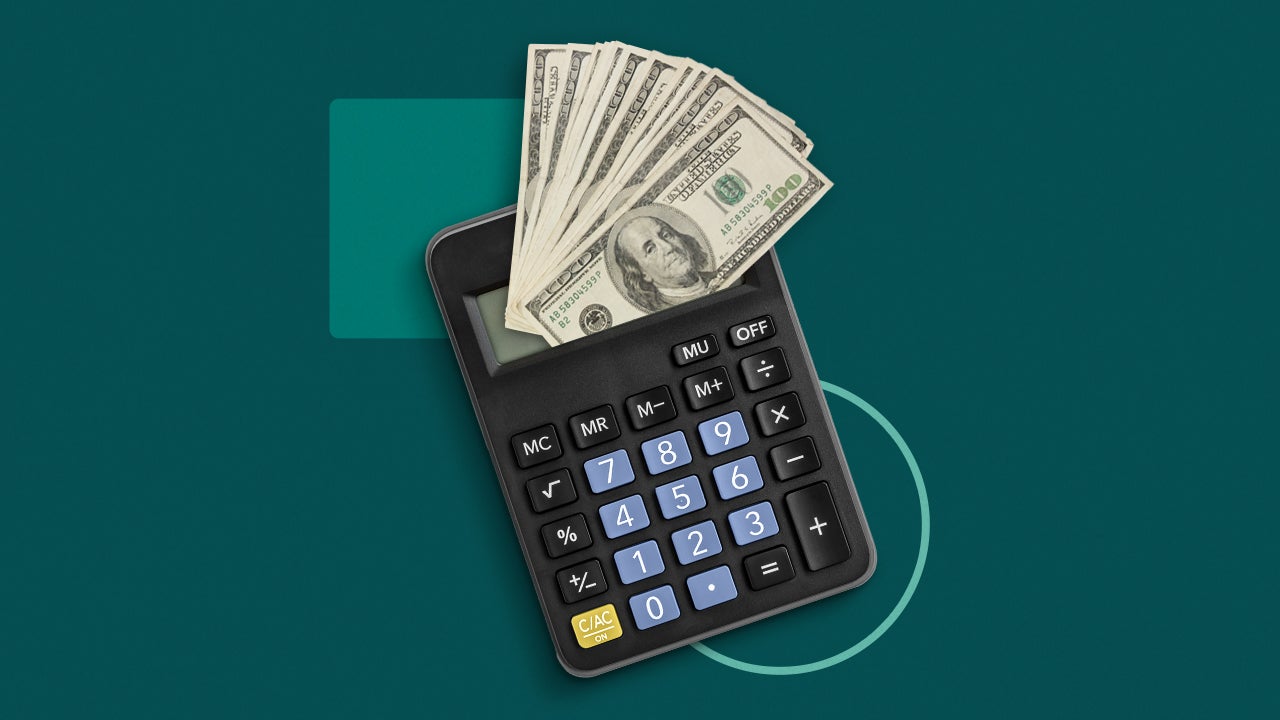Which student loan should you pay off first?

The average college graduate finishes school with over $37,000 of student debt. Finishing school, finding work and balancing new financial priorities can be overwhelming when taken on together– especially if a student loan payment demands several hundred dollars a month in payment.
Having a strategy for managing and tackling debt can help new graduates to manage their finances and stress.
How to decide which student loan to pay off first
If you have multiple loans, especially a mix of federal and private loans, you’ll need to create a repayment strategy. Here’s how to decide which student loan to pay off first.
What types of loans do you have?
Before you decide which student loan to prioritize, figure out what kind of student loans you have. There are two main types: federal and private. Federal loans come from the federal government and may have been offered when you filled out the Free Application for Federal Student Aid (FAFSA). Private loans are what you borrow from banks, like Citizens Bank or Discover, or online lenders, like SoFi or College Ave.
Federal student loans include more benefits than private student loans, such as deferment and forbearance, income-driven repayment options and loan forgiveness programs. Because of this, it may be smart to pay off your private student loans first.
If you have federal student loans, they may be either subsidized or unsubsidized loans. It’s typically best to focus on your unsubsidized loans first since they accrue interest during school and your grace period.
Not sure what kind of loans you have? Pull up your account and see what the names of the loans are. If you see words like “federal,” “subsidized,” “unsubsidized” or “Direct,” then you likely have federal loans. You can also call your loan servicer’s customer service department to verify. Some loan companies service federal and private loans, so don’t assume which loan type you have based on the servicer.
What are your interest rates?
If you want to focus on the cheapest way to pay back your debt, examine your interest rates if you want to use the debt avalanche method.
The debt avalanche method is when you prioritize paying off debt with the highest interest rate first. For example, if you have one loan with 10 percent interest and one loan with 7 percent interest, you would pay extra on the loan with 10 percent interest while making minimum payments on the one with 7 percent interest.
If you have several different loans with varying interest rates, the debt avalanche method is usually the fastest way to pay them off. You’ll also pay as little interest as possible. You can also use this method with refinancing — potentially bumping down the interest rates on your private loans by consolidating them with a private lender.
How much debt do you have?
Another way to approach your repayment strategy is to evaluate how much you owe on each of your loans and use the debt snowball method to prioritize payoff.
The debt snowball method means paying the debt with the lowest balance first while making minimum payments on the rest. Once that debt is paid off, you move on to the next-smallest balance. This creates a snowball effect, hence the name.
While the debt avalanche method typically helps you repay your loans faster, the debt snowball method works better for some individuals because of its motivational structure — you should knock out the first and smallest debt relatively quickly, which can boost you forward to each successive loan.
Because the snowball method focuses only on the total balance, you may pay more in total interest than if you used the avalanche method. If you don’t want to pay more in interest than you have to, use the snowball method only when your interest rates are within a percentage point of each other.
How to decide between paying off a student loan or other debt first
Student loan interest rates are usually relatively low compared to interest rates on other types of debt, which means they may fall lower on your priority list for debt repayment.
For example, federal student loans for the 2023-24 academic year will come with fixed interest rates that range between 5.50 percent and 8.05 percent. Many students who borrowed in previous years pay much lower rates than that. Meanwhile, the average credit card interest rate is currently over 20 percent.
Evaluating your interest rates can help you to rank the order in which you might consider prioritizing which debts to pay down using the avalanche method mentioned above.
For example, if you have an auto loan at 6 percent interest, a credit card with a 21 percent interest rate and a student loan at 8 percent, it may make the most sense to pay down your highest-interest debts before making any extra payments toward student loans, which are accruing the least interest.
Should you pay off your student loan early?
You can choose to pay off your student loans early at any time — it is illegal for companies to charge a prepayment fee. If you have private student loans, there is little downside to paying off your student loan early, if you can. Doing so will save you money in interest and free up your budget for other financial goals.
If you have federal student loans, you may not have made a regular payment in quite some time (or, depending on your graduation date, at all so far). If you are struggling to balance your bills, the federal government has announced a 12-month “on-ramp” to repayment, softening the penalties for borrowers who are considered delinquent for a limited time– until the end of September 2024. If you have other debt payments running behind in the meantime, you may take this opportunity to catch up on payments while outstanding student loan payments will not be reported to credit agencies, marked delinquent or placed in default.
Federal student loan borrowers should also evaluate the repayment plans available, considering whether they can allocate any available funds in their budget toward paying off higher-interest debt.
The bottom line
Which student loan you pay off first is up to you, but the best choice is usually the one with the highest rate or the fewest consumer protections. The best strategy for you can also vary based on the type of student loans you have and how much student loan debt you have in total.
No matter what you decide, it’s best to be strategic with your student loans. A student loan debt repayment plan that takes loan rates, terms and benefits into account could help you get out of debt faster while maintaining as many consumer protections as you possibly can.
You may also like

How to improve your credit with student loans

How to calculate interest on a loan

Requirements for student loan refinancing

Types of private student loans


